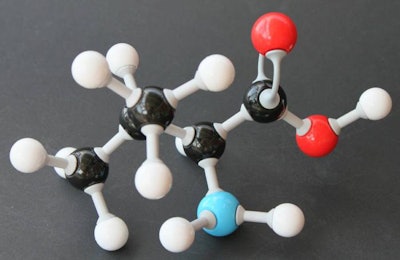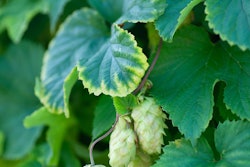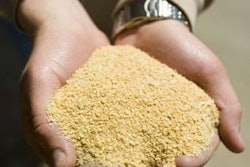
By removing several unnecessary steps, manufacturers could simplify and improve amino acid production
Research from the University of Illinois has determined that several steps in the standard amino acid production process may be unnecessary.
Amino acids are typically synthesized by genetically modified bacteria, which are then filtered out and discarded to produce a pure amino acid product. But according to a recent study from the University of Illinois, leaving the bacterial biomass in the product may provide adequate amino acid content — and additional benefits.
In the University’s 20-day study, swine fed the unfiltered biomass gained weight faster than pigs fed a standard diet with crystalline valine, suggesting the biomass could provide a beneficial source of energy in animal feed in addition to imbuing the diet with amino acids. Although the biomass contained 64% valine by volume compared with 98% in crystalline form, the valine was readily digestible and available to the animals.
Biomass from amino acids has been included in animal diets in the past, according to Hans Stein, a professor in the Department of Animal Sciences at the University of Illinois, but without taking this potential added benefit into account.
“Nutritionally, it’s definitely as good as the pure valine,” Stein said. “From a nutrition point of view, it would be fine to use this biomass product.”
While Stein’s team focused on valine, the same methodology could be used to produce most amino acids, he said.
Whether this methodology will be used in commercial settings will likely boil down to economics, which researchers did not evaluate, Stein said. On one hand, to produce pure crystalline amino acids does require a few additional steps, which manufacturers could otherwise skip. On the other, shipping the dried biomass could incur additional costs.
“From a research point of view, we have answered the question,” Stein said. “I am very confident the nutritional value is there, so I would not hesitate using it. It will come down to the economics.”














